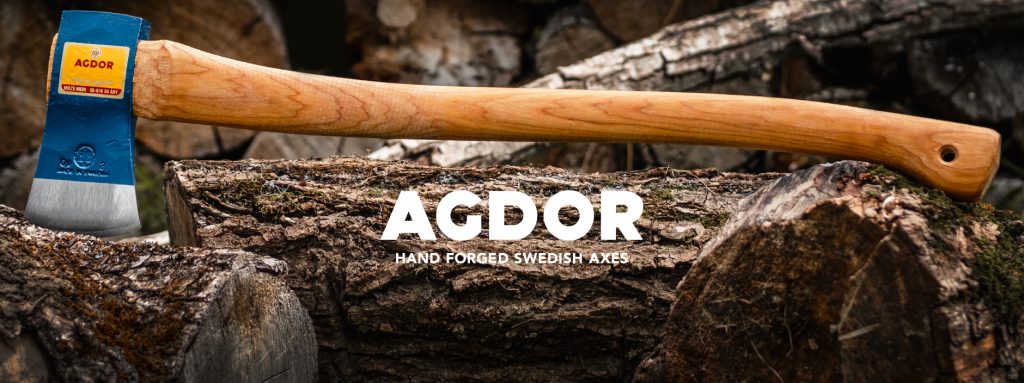
AGDOR AXES
Now Available in the United States
Agdor axes made at Hults Bruk represent dependable, affordable craftsmanship from Sweden’s oldest axe maker.
Each Agdor axe is expertly hand-forged from premium Swedish steel at the historic Hults Bruk, painted iconic Agdor blue and mounted to an American hickory handle.
Every Agdor is accompanied by a leather sheath, made by Axe and Awl Leatherworks in Waynesville, N.C.


In 1886 Hults Bruk was handed over to Gunnar Ekelund, grandson of Magnus Lorentz Ekelund. The course Gunnar Ekelund set would forever change Hults Bruk, intertwining one of Sweden’s oldest forges with American design and ingenuity. Gunnar was born and raised at Hults Bruk and spent a lot of time visiting iron factories in England, Belgium, and the United States to learn about manufacturing. By the early 1900s, American axe models like the Yankee, Ohio, and Turpentine would replace nearly all of the traditional Swedish axes.

At the time Hults Bruk was producing everything from axes to agricultural machinery, railway dressings, and even railroad motorcars! But these goods were becoming less and less profitable. Gunnar decided to specialize in axe production sometime in the late 1870s or early 1880s.
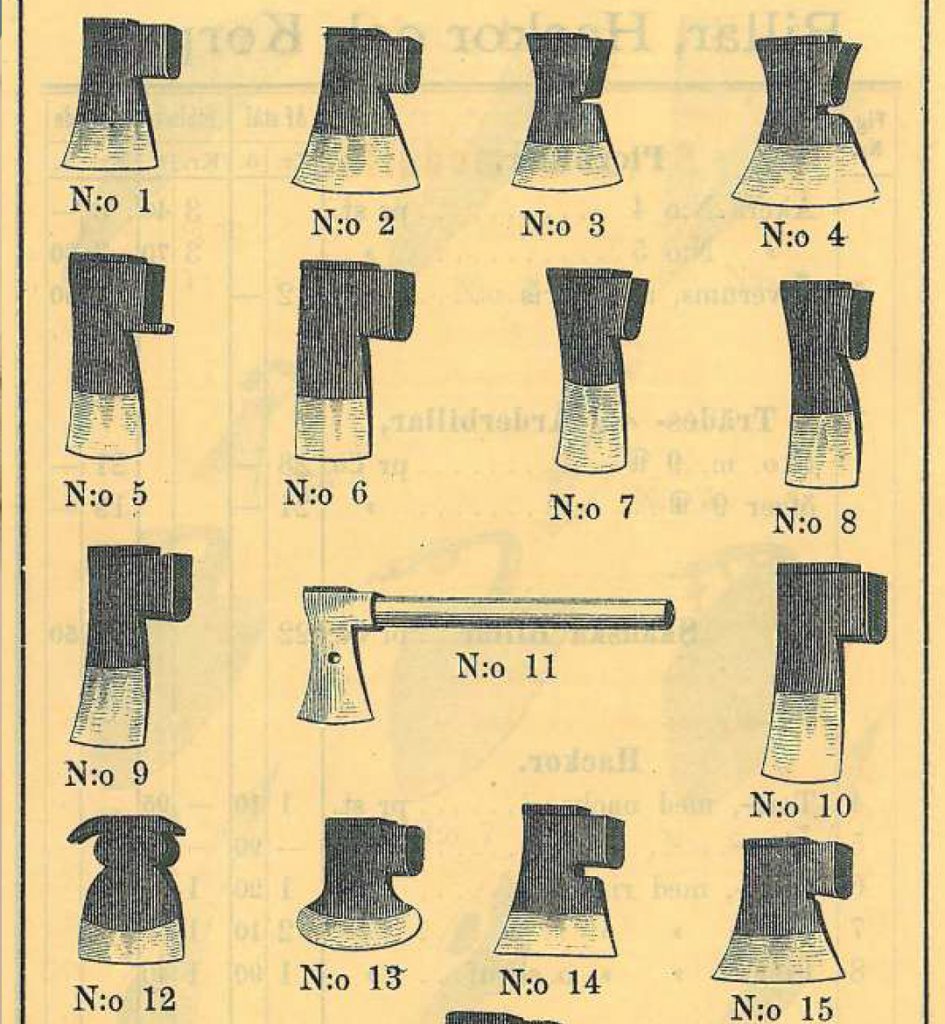
Specialization proved successful and in 1887 Gunnar travelled to the United States where hundreds of axe makers were producing axes for a booming lumber industry. At the time, Hults Bruk axes were still made by hand and trip hammers, while American producers used the latest power hammers. Unlike the Swedish axes Hults Bruk was producing, the American felling axe had a poll weight, improved tempering, and specialized patterns based on the regional vegetation, local preferences, or the task.

In Sweden, Gunnar combined Hults Bruk’s high-quality steel and craftsmanship with American axe production methods, which are basically the same methods used at Hults Bruk today. Machines were purchased from England and America and production was streamlined to achieve the best possible quality. Industrialization allowed for faster production in greater quantities. Soon after American models like the Yankee, Ohio and Turpentine were being exported worldwide.
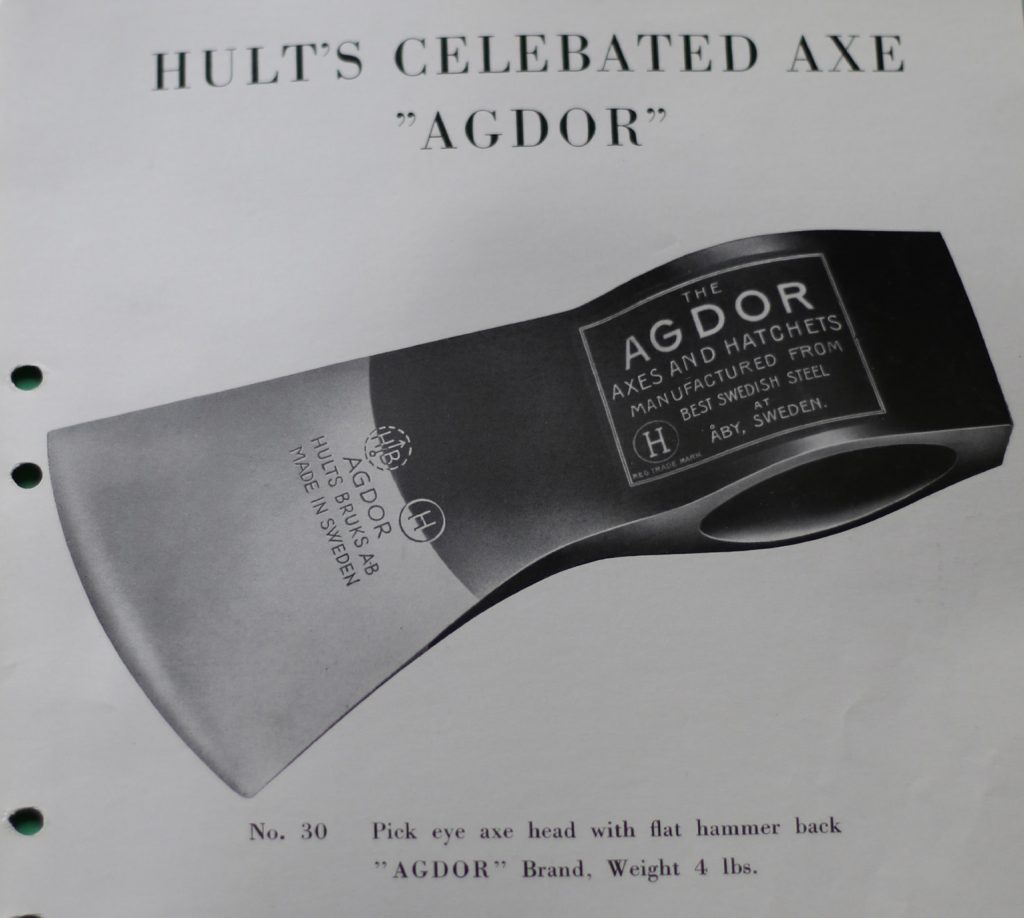
AGDOR has earned its reputation as one of the most enduring brands of the Hults Bruk axe range for nearly 100 years, praised for its high-quality, distinguished designs. Launched during a time of renewal at Hults Bruk, traditional Swedish axe patterns were being replaced with newer North American patterns.
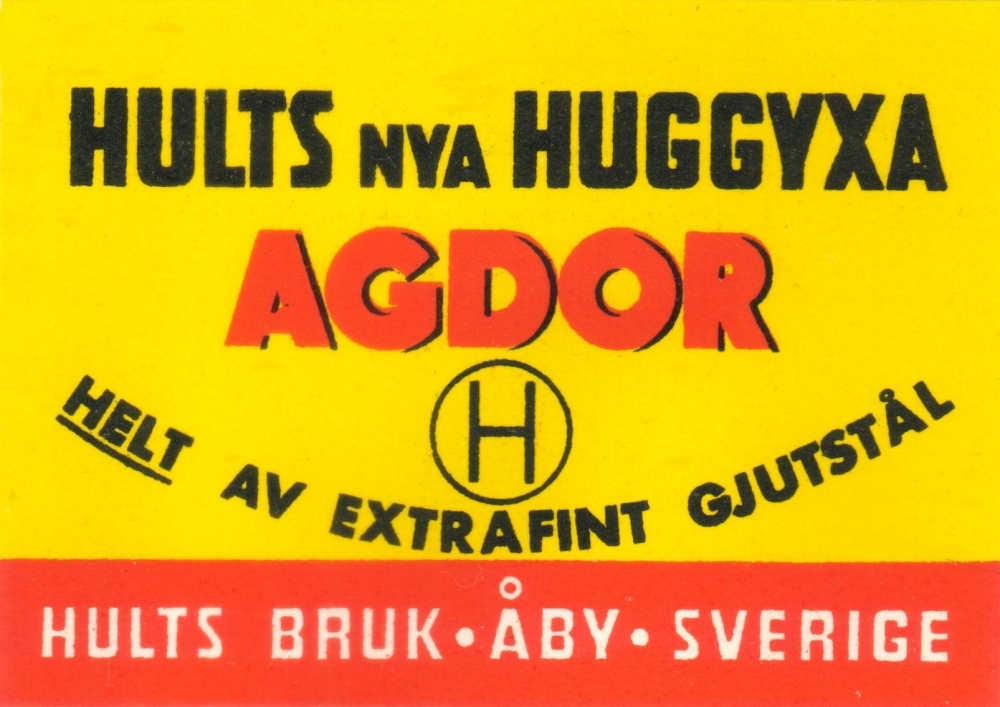
Sometime in the late 1870s/early 1880s, the historic Hults Bruk began specializing in axe production. By the 1900s Hults Bruk was exporting traditional 19th-century American axes all around the world. The axes were sold under several different names such as “Flecha” in South America, “Jarrah Jack” in Australia, and “Tiger” in South East Asia. However, Agdor stood above the rest as the most widespread, enduring brand.

Quickly becoming the preferred choice for lumberjacks around the world, Agdor axes were sought after for the brand’s outstanding steel and forging. Woodsmen would pay a month’s wages or more for an Agdor axe hand-forged on the other side of the world
The name Agdor is believed to stem from the Rodga Manor, part of the 16,000–acre Hults Bruk estate at the time. Agdor is simply Rodga spelt backwards. Situated deep in the forests about 11km north of Hults Bruk, Rodga manor’s history goes back to the 16th century. Hans Peter Hellwegh established a sailcloth factory at Rodga in the 1670s, producing sailcloth for the Swedish Navy for almost 200 years.

While no one knows the full story behind the naming of the Agdor axe line, there is significant history between the Rogda manor and Hults Bruk. In 1760 Jacob Graver took possession of Rodga. He also owned the nearby Hults Bruk mill and Reijmyre glassworks. Jacob Graver’s great-granddaughter was the author Aurora Ljungstedt (1821–1908). In her 1861 crime story “A Man’s Memories”, the desolate, eerie Agdor manor plays a central role.
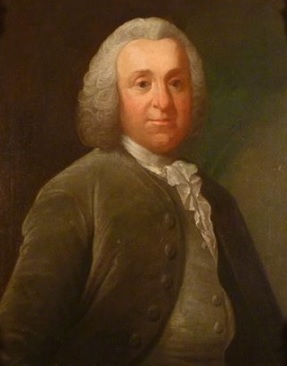
From 1823, Rodga was taken over by Magnus Lorentz Ekelund, where he is said to have enjoyed his time on Rogda. It seems Magnus Ekelund and his family spent the summers at Rodga. Magnus Ekelund died in 1850 but had previously divided the mill into his children. In 1886 there was again only one owner, Magnus Ekelund’s grandson, Gunnar Ekelund. Gunnar’s vision and family ties to Rogda manor set in motion the makings of the legendary Agdor axe line.
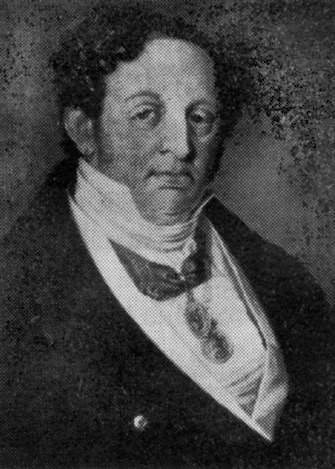

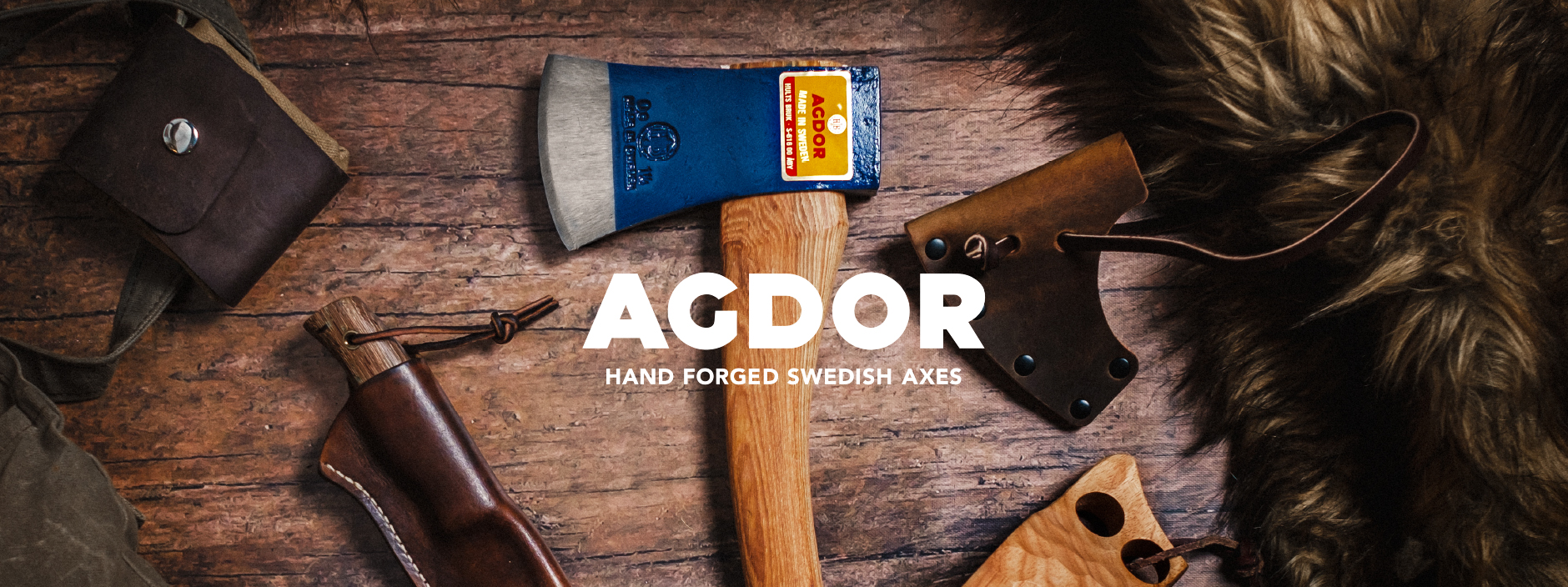


![W88 [Rủi Ro Khi Chơi Nổ Hũ: Lưu Ý Quan Trọng Nhất Cho Người Chơi]](https://theskil.com/wp-content/themes/rehub-theme/images/default/noimage_336_220.png)

